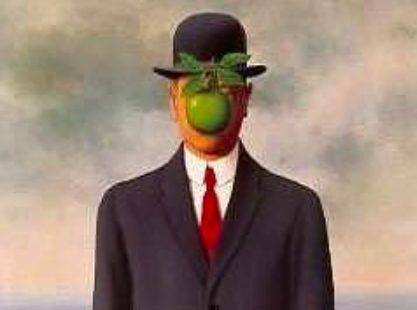PopUp Painting’s ‘artist of the week’ is Belgian painter and Surrealist, Rene Magritte.
Rene Magritte (1898–1967) was famed for his surreal works that inserted commonplace objects into unfamiliar and uncanny scenes. Some reoccurring icons within his work included clouds, pipes, bowler hats, and green apples. With his pictorial and linguistic puzzles, Magritte made the familiar disturbing and strange, posing questions about the nature of representation and reality.
Magritte began his career as a graphic artist and abstract painter, but his work underwent a transformation in 1926, when he began to reinvent himself as a figurative artist. In September 1927, Magritte moved to Paris to be closer to the French Surrealist group. His three years there would be the most prolific of his life. Surrealism, a movement led by André Breton, sought to liberate the mind by subverting rational thought and giving free rein to the unconscious. Until the late 1920s, Surrealist painting had tended toward a style of biomorphic abstraction, often achieved through automatic techniques supposedly outside the artist’s conscious control, as advocated by Breton. Magritte, by contrast, pursued a figurative style.
A signal development of Magritte’s time in Paris was his word-paintings, in which he sought to investigate the relationship between text and image, often breaking apart well-worn connections between the two. Image and language interrupt one another, challenging artistic conventions of representation and urging viewers to ask which, if either, is more “real” than the other.
Magritte reimagined painting as a critical tool that could challenge perception and engage the viewer’s mind. His was a method of severing objects from their names, revealing language to be an artifice—full of traps and uncertainties.
We will be featuring Rene Magritte all week on our Facebook and twitter pages, but in the meantime here is a selection of our favourite works by the artist:

